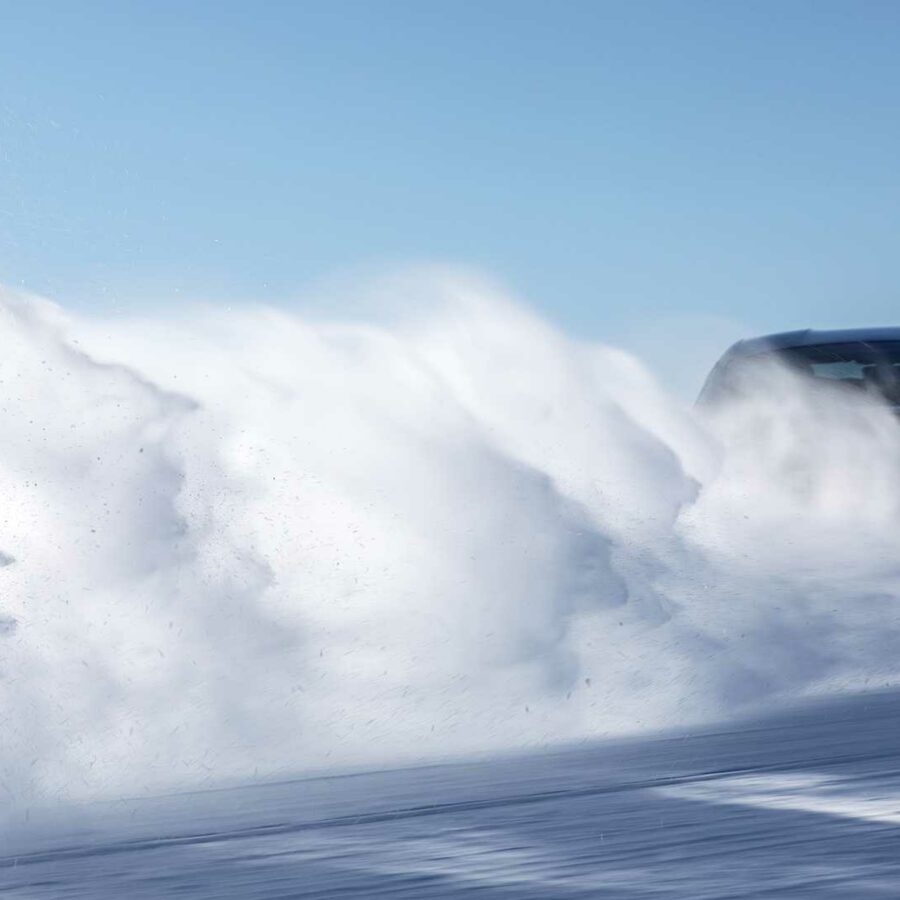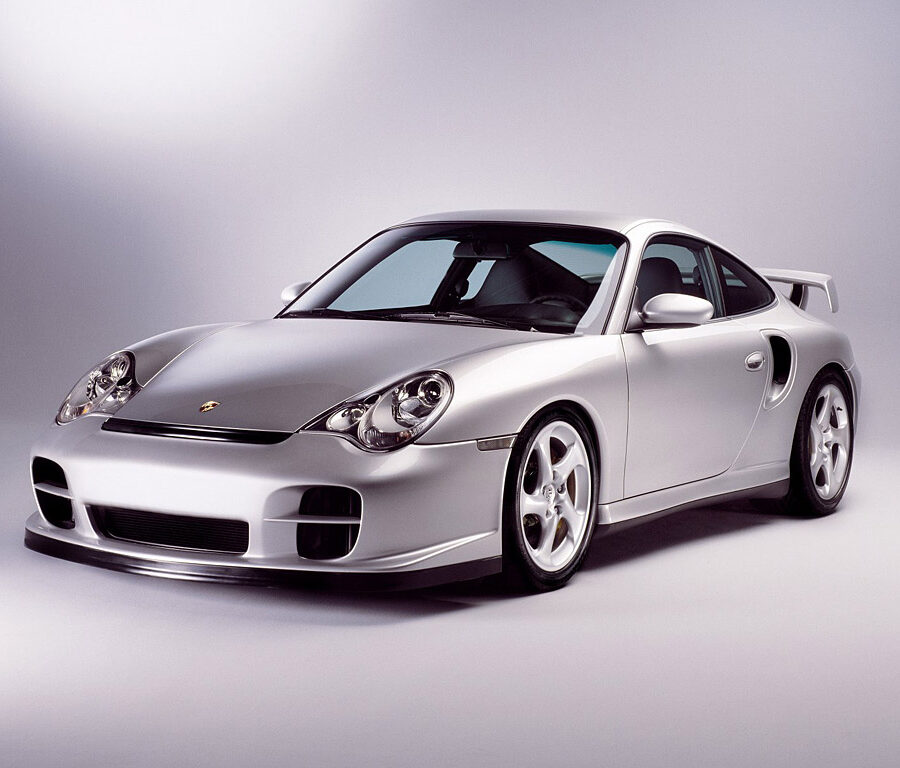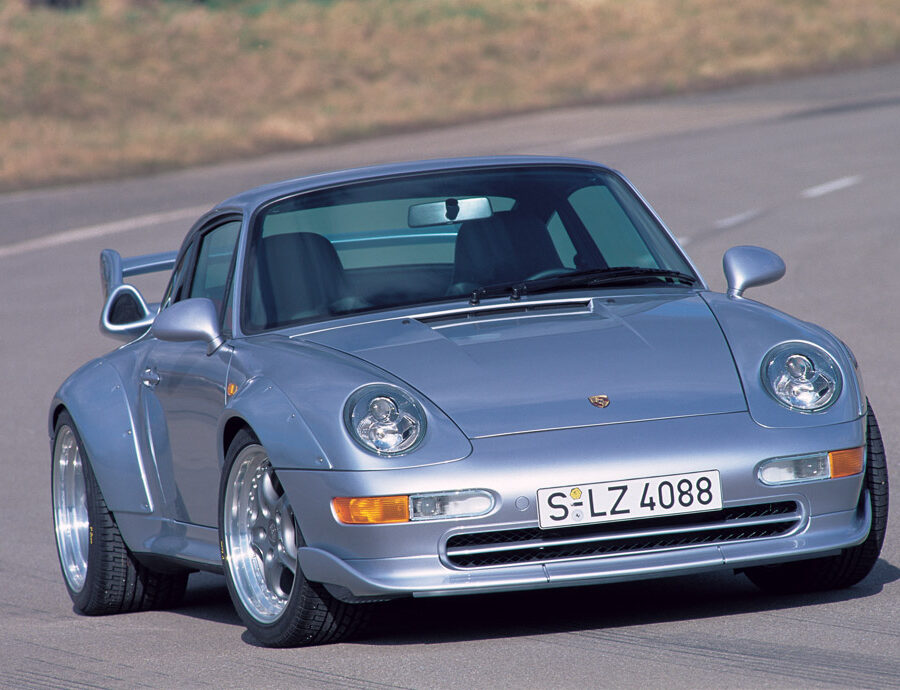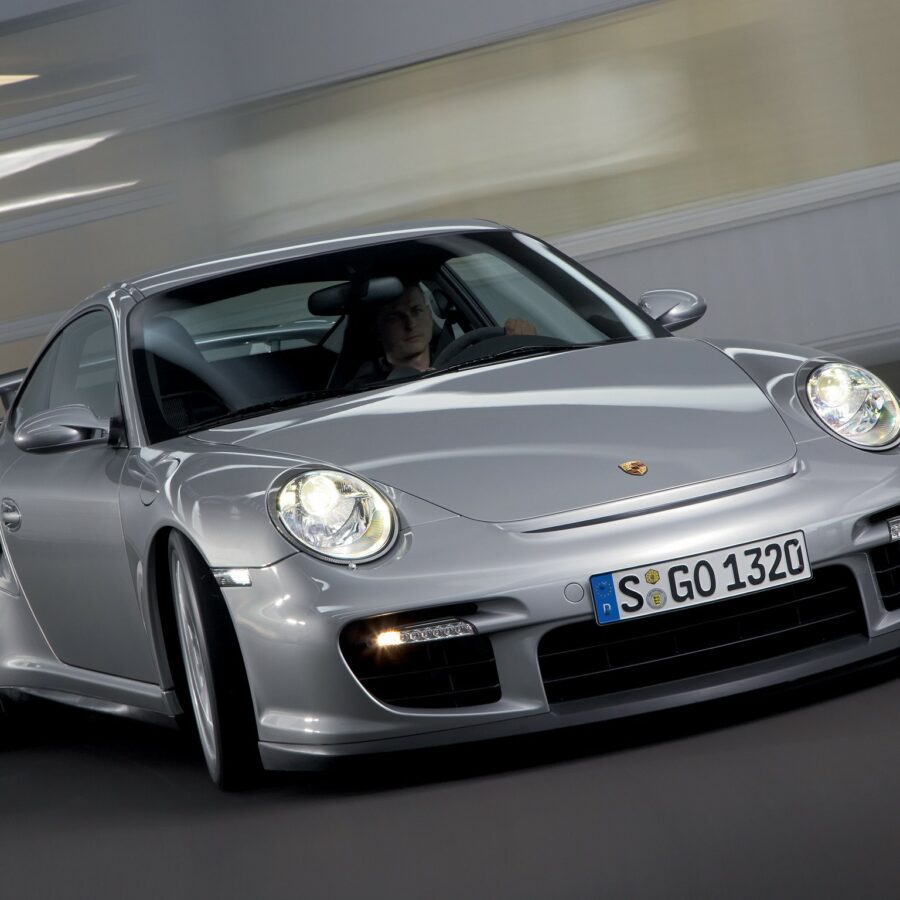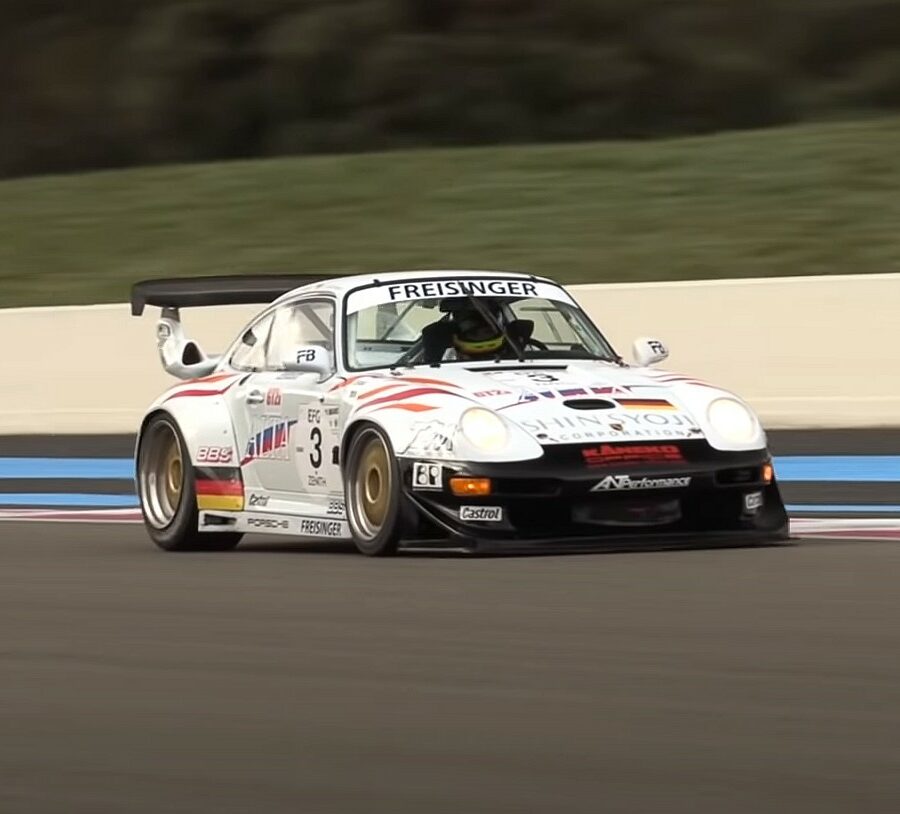Porsche 911 GT2 (996) (2001-2005)
Mezger 3.6-liter flat six with rear-wheel drive and amazing performance
Porsche 911 GT2 Evo (993) (1996 – 1998)
To make its 993 GT2 even more radical, Porsche reduced its weight to 1,100 kg and fitted it with a larger turbo-charger
Porsche 911 GT2 Clubsport (993) (1995 – 1996)
The ultimate air-cooled 911. Only 20 units ever made.
Porsche 911 GT2 (993) (1995 – 1998)
Built to meet homologation requirements for the GT2 class racing
Porsche 911 GT2 (997) (2008 – 2009)
It was the most powerful and fastest roadgoing 911 Porsche ever created
Porsche 911 GT2 Race (993) (1995 – 1996)
Combined the RSR’s purity of purpose with a tuned version of the 993 Turbo’s twin-turbo engine



